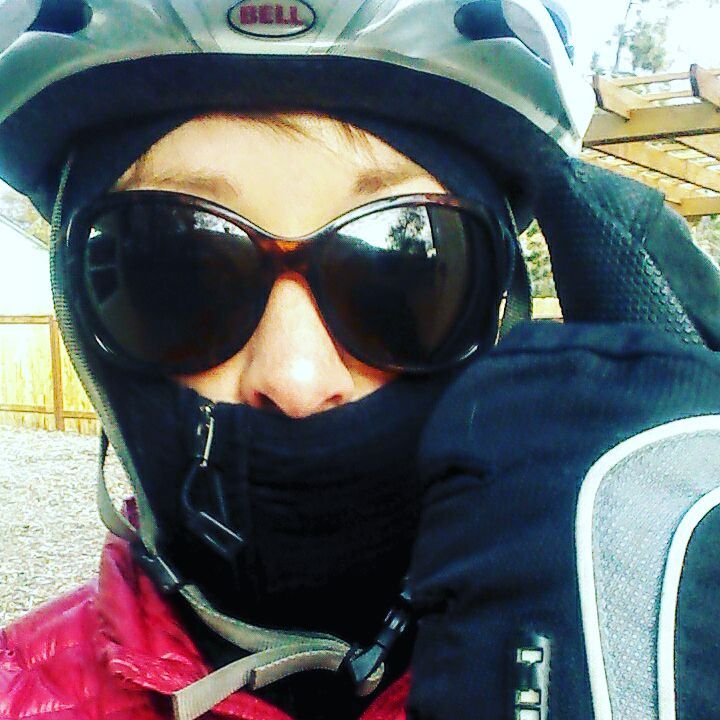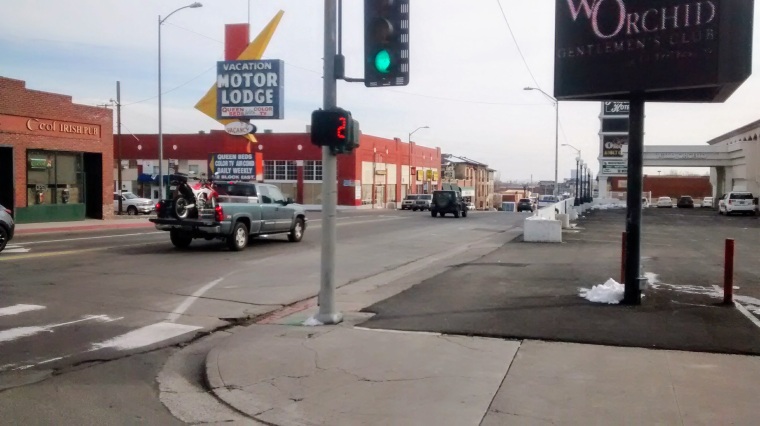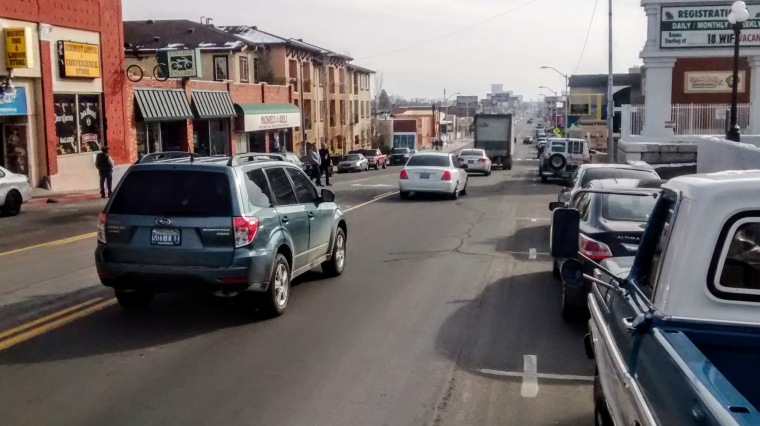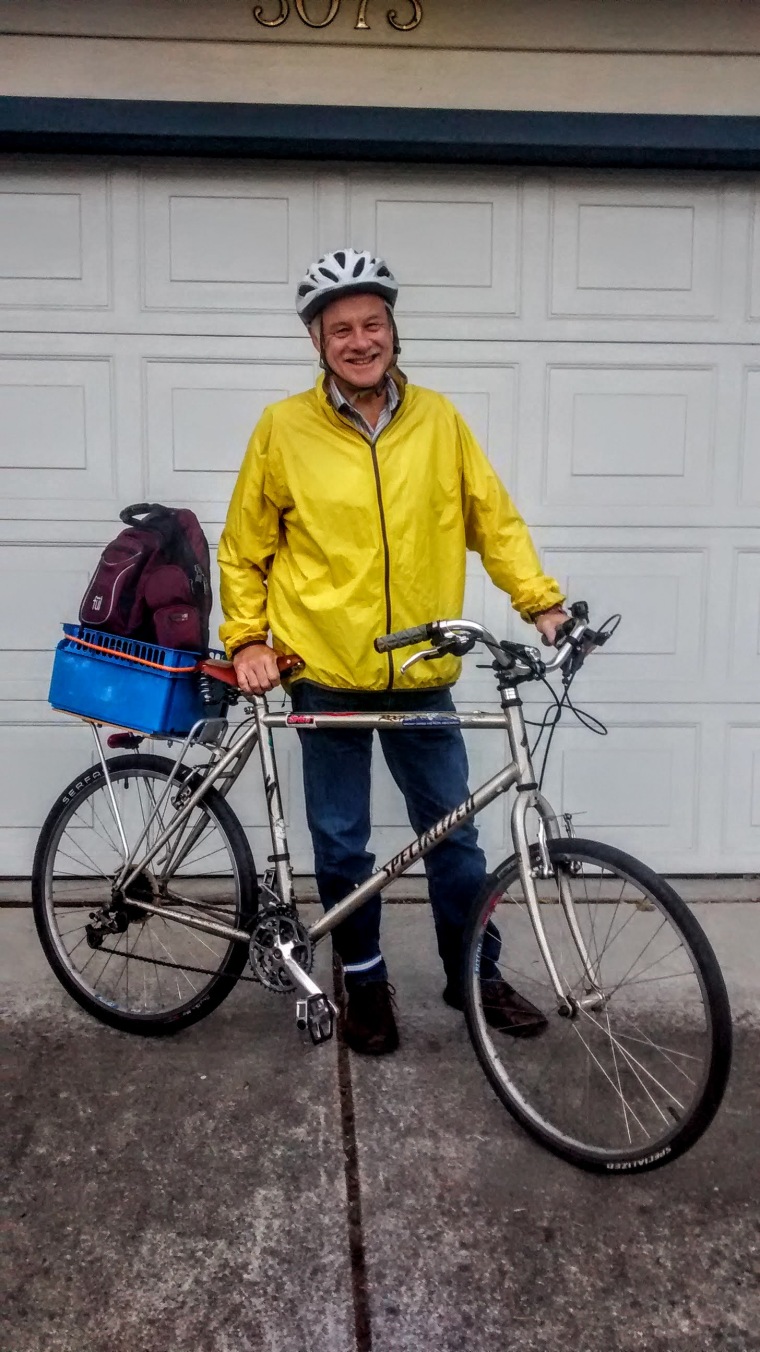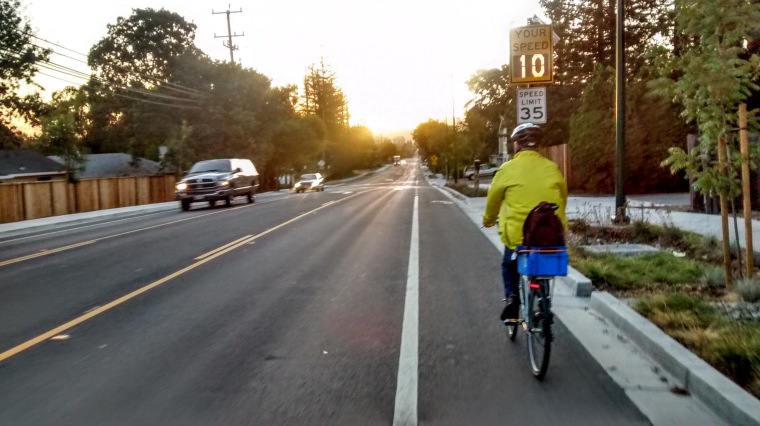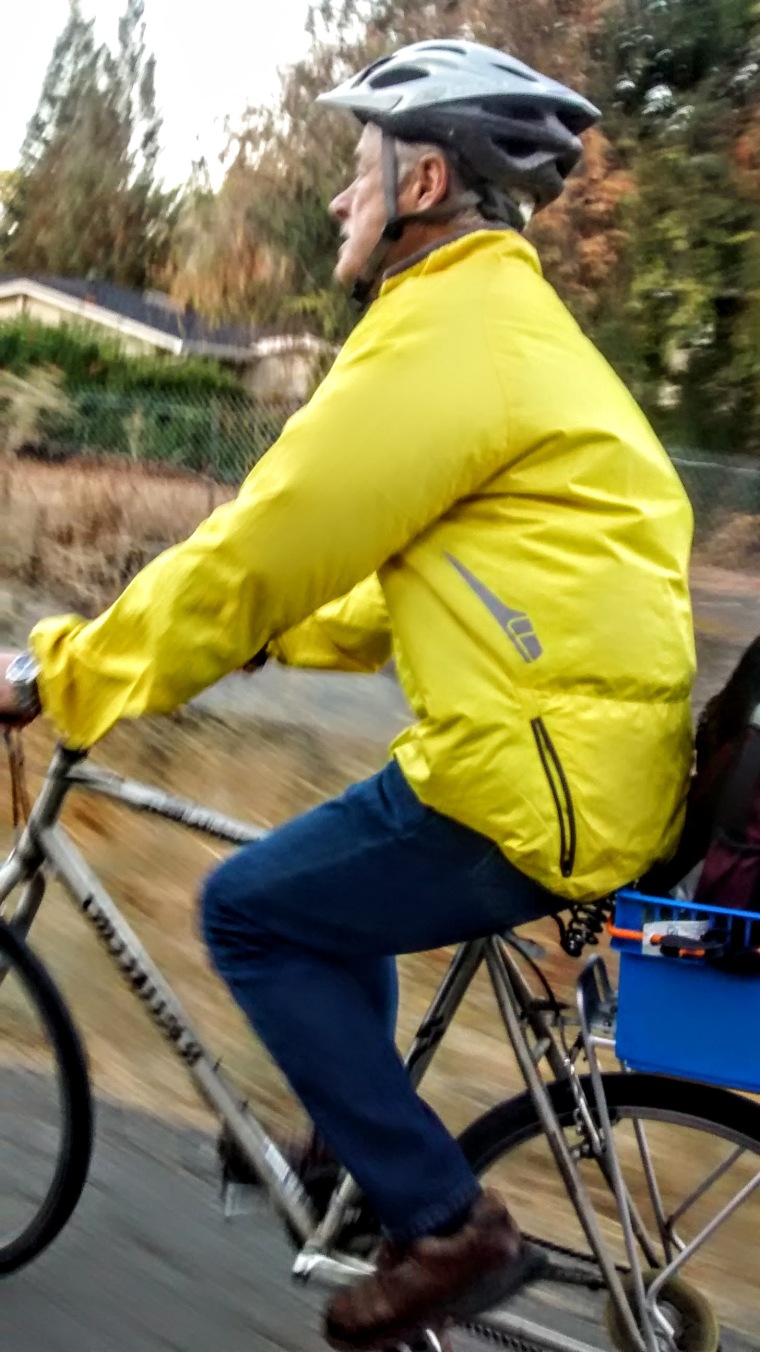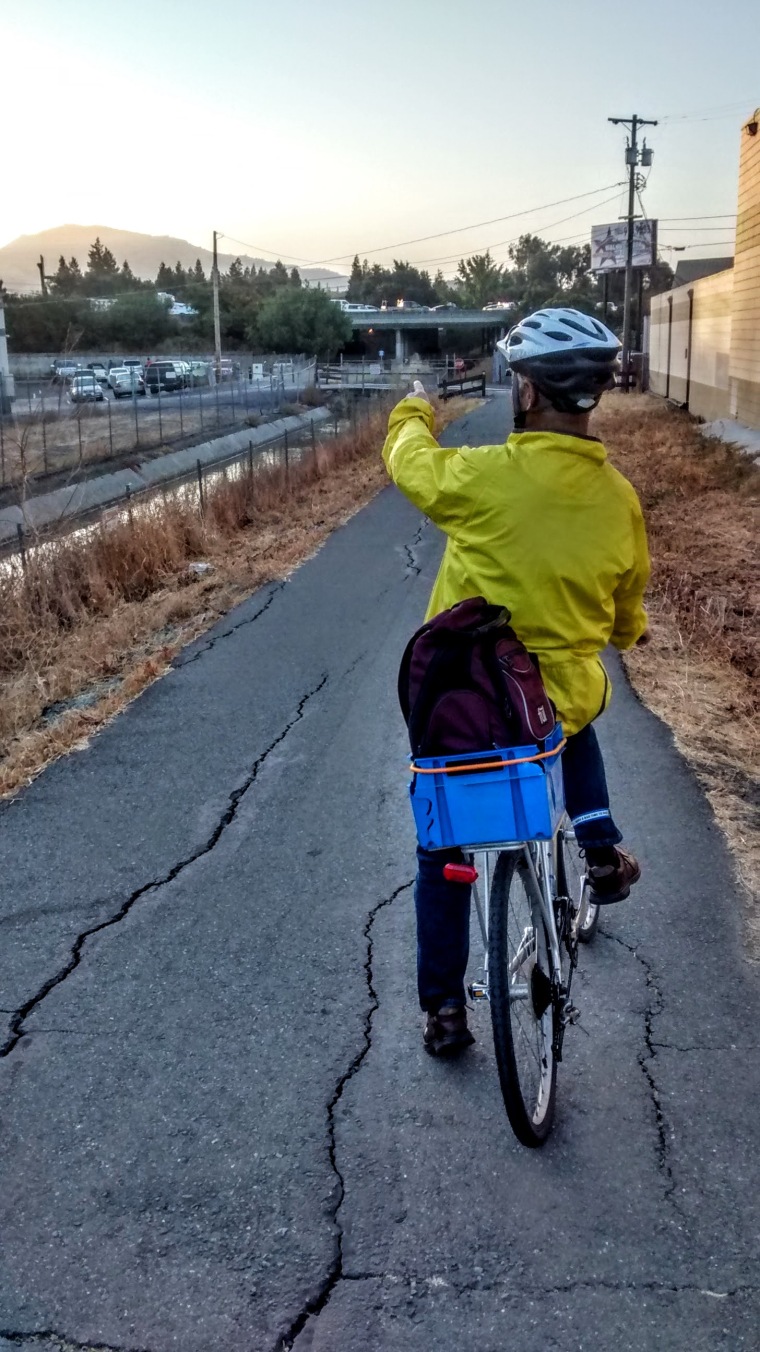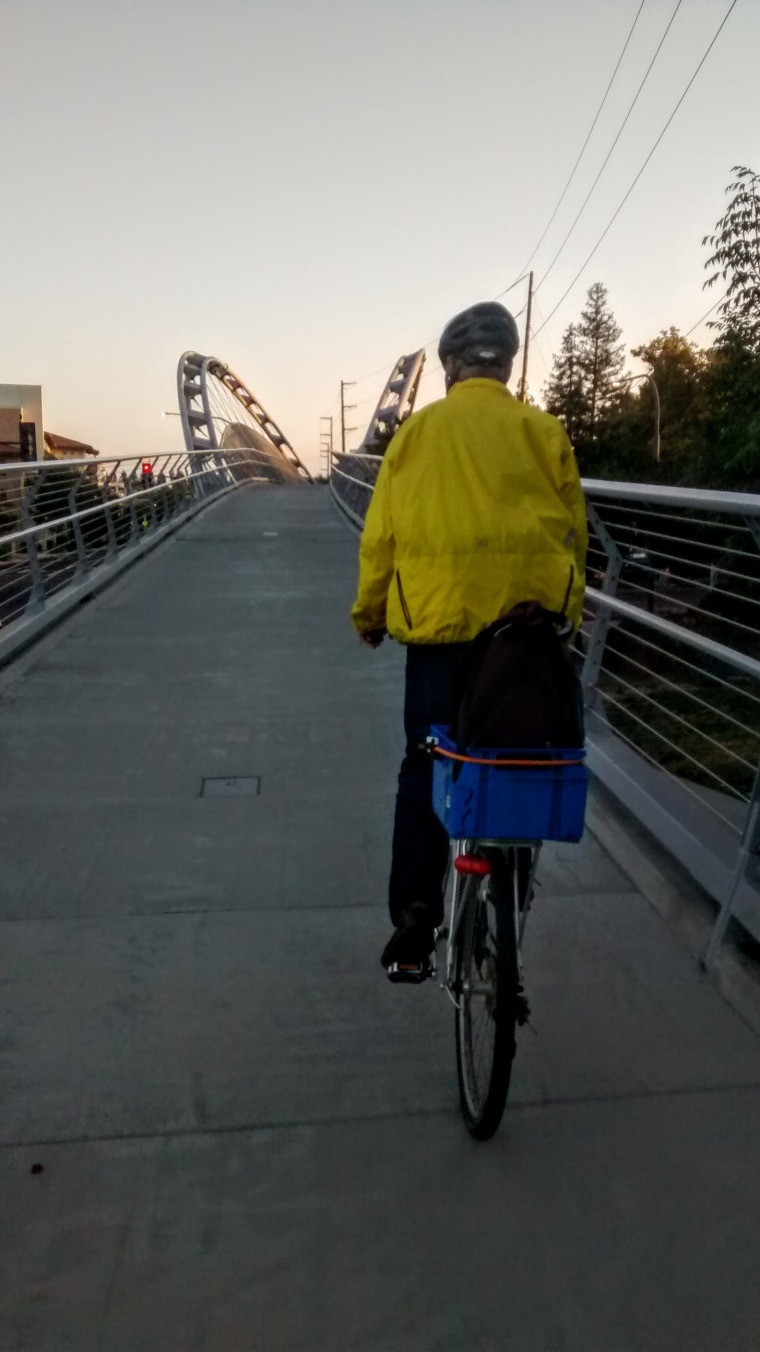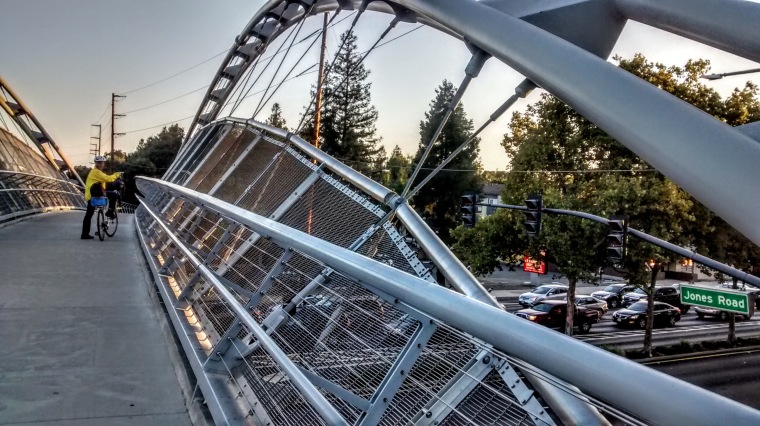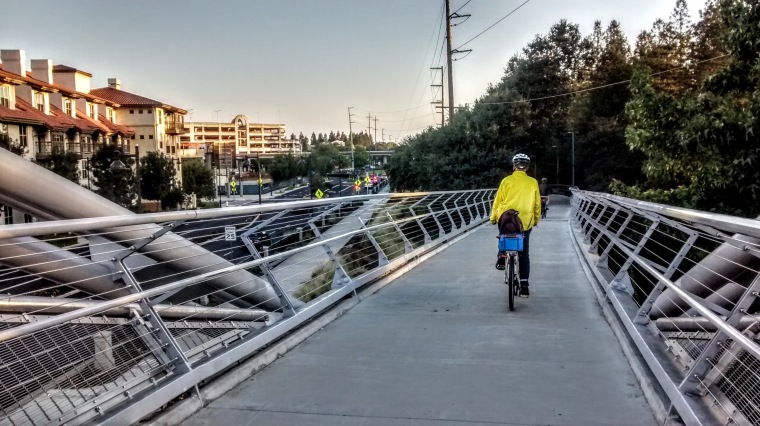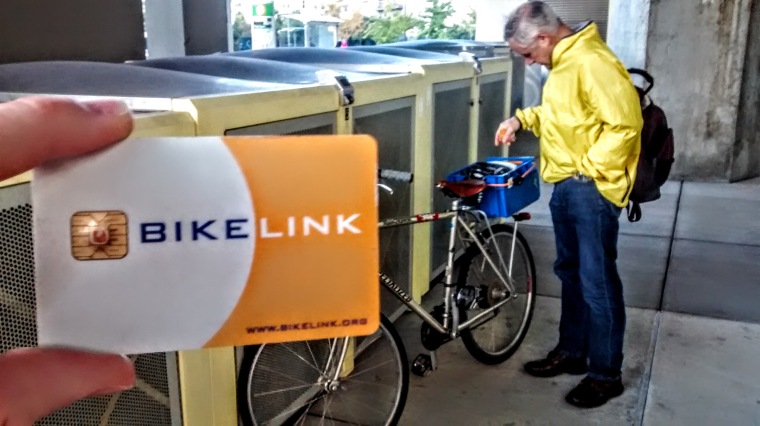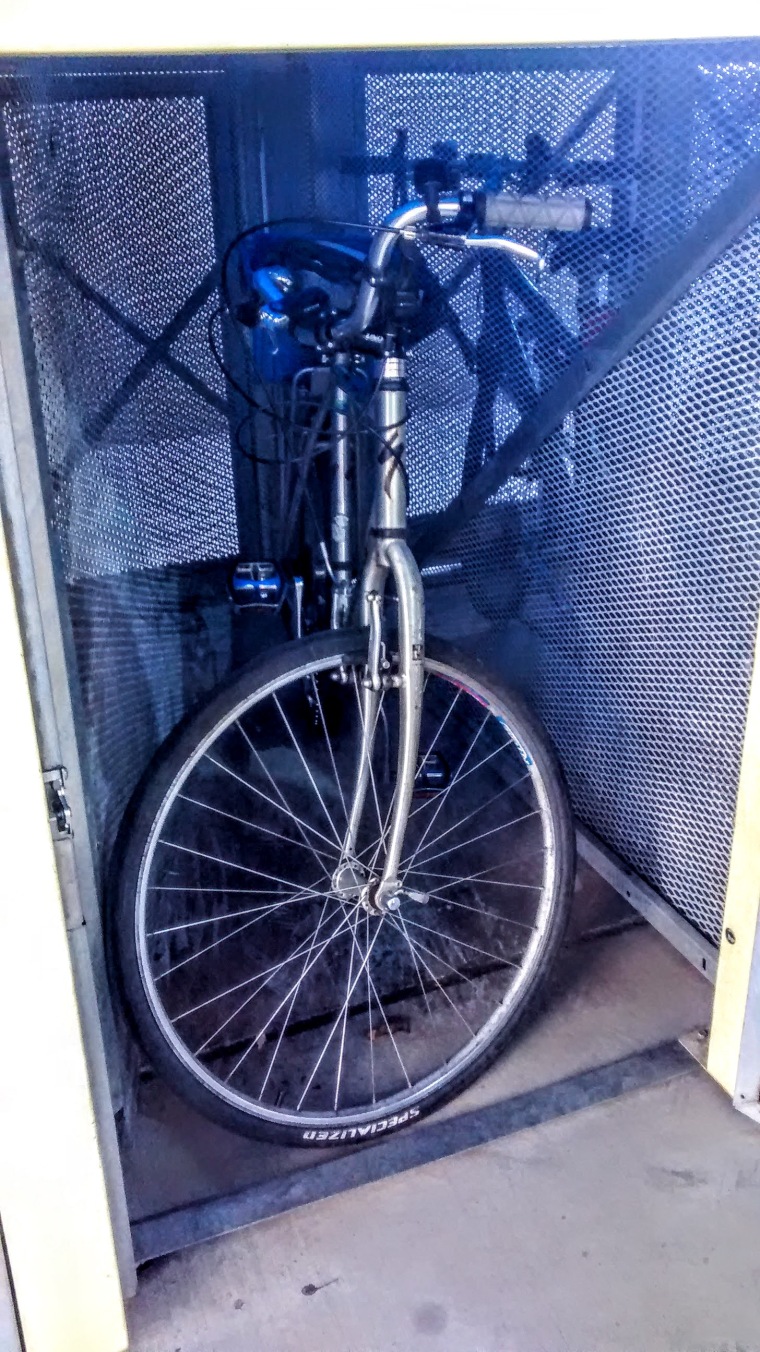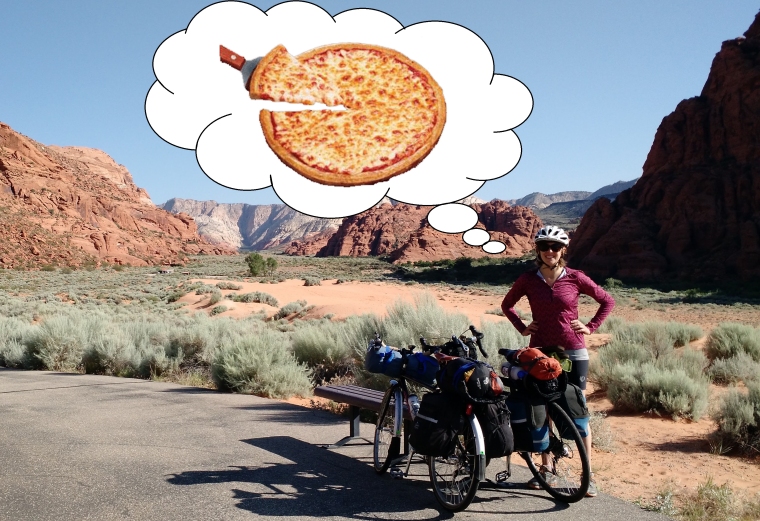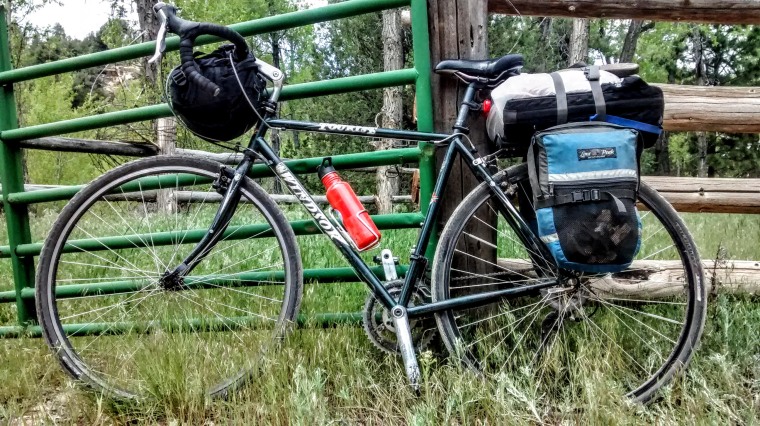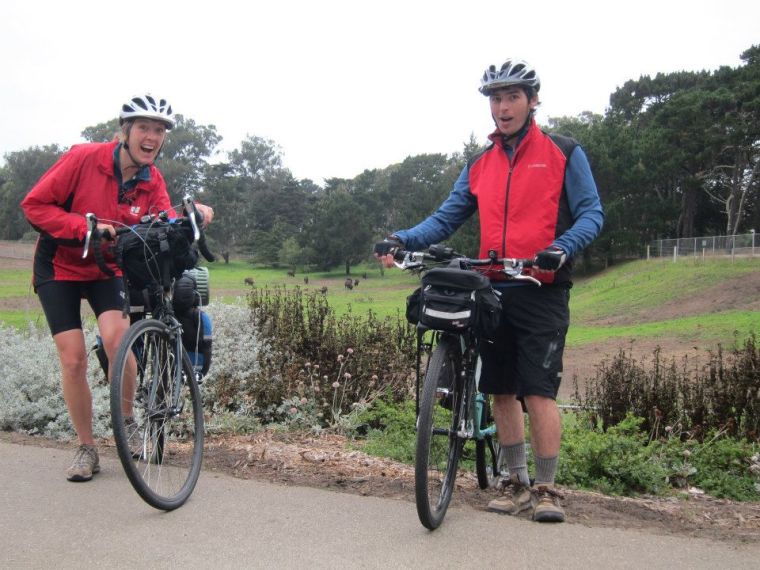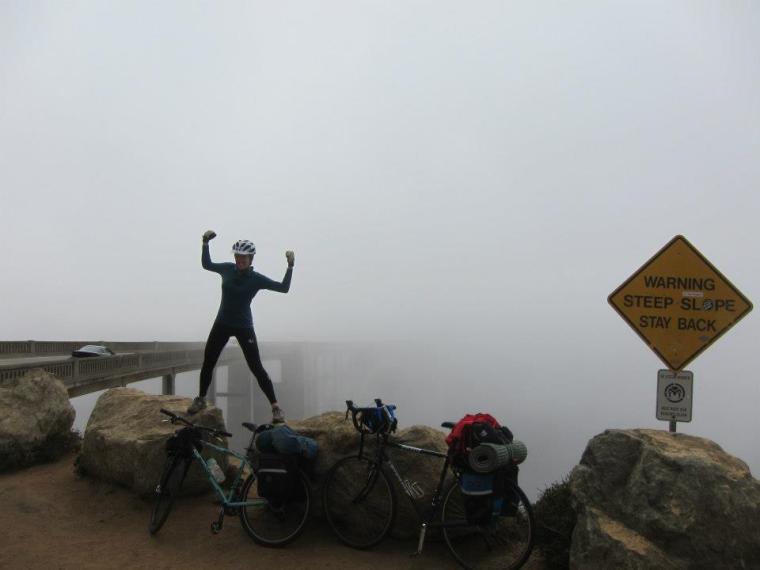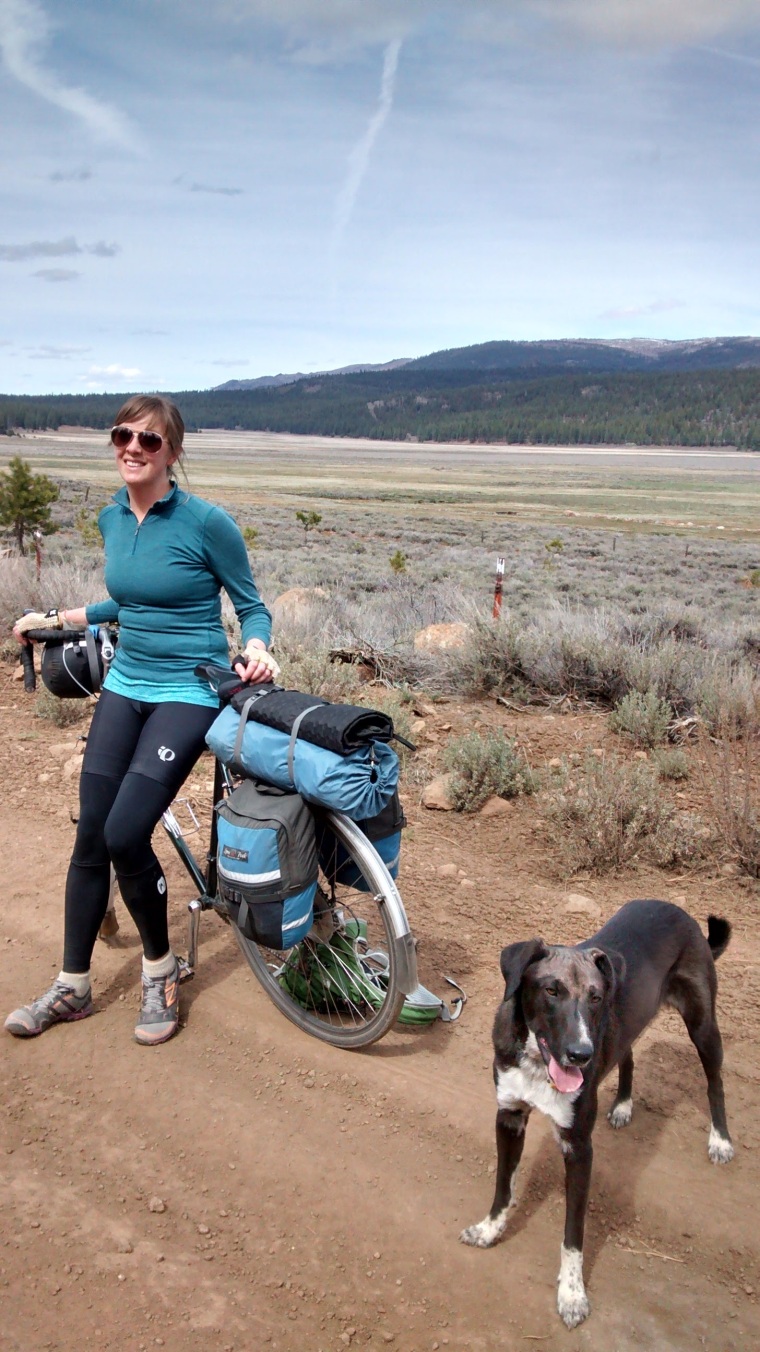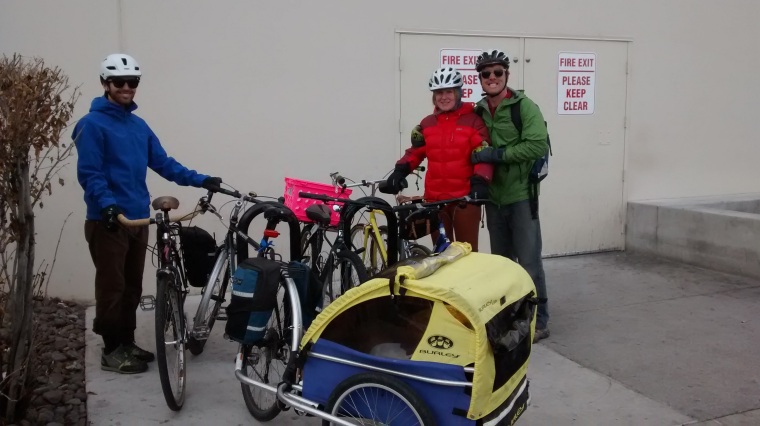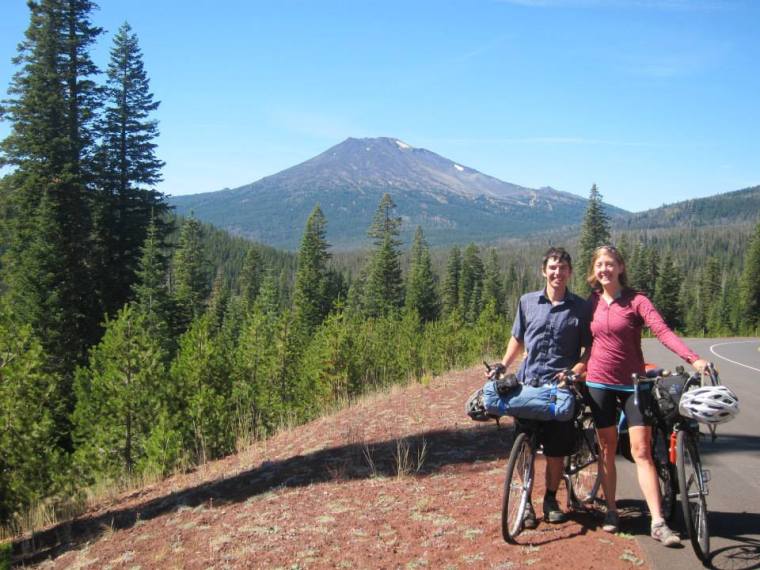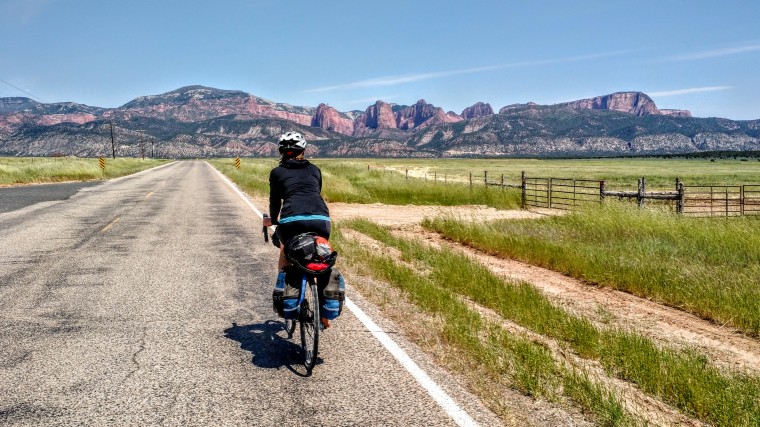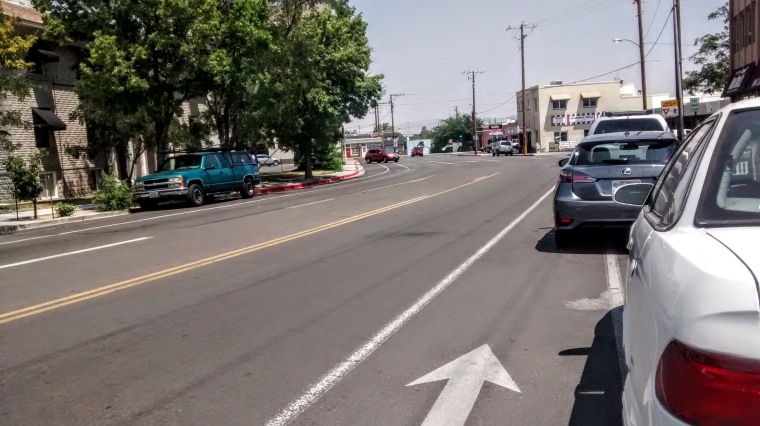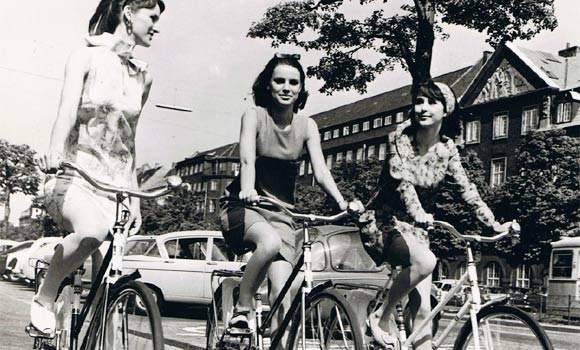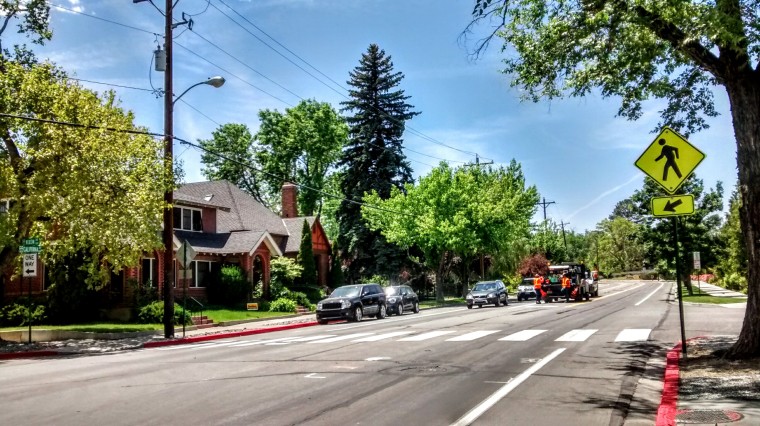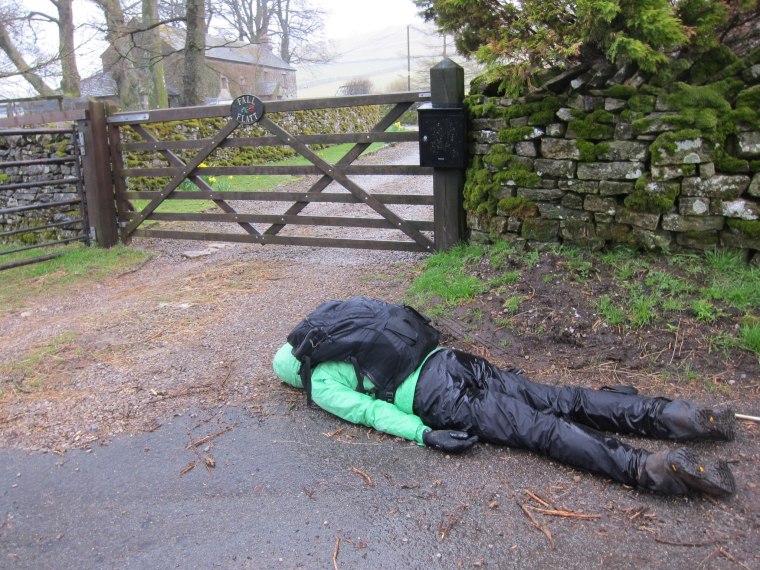
Last week, we looked at how to approach your bike commute when it’s just plain cold. Now, we’ll tackle the real challenge of winter riding…
Riding in rain
I can’t shield you from the truth: Riding a bike in the winter rain sucks. Now that that’s out of the way, let’s look at how to make it suck less and why you should do it no matter how much it sucks.
There are two approaches to commuting in the rain: You can dress for work and then encase yourself in waterproof layers so that the rain (theoretically) won’t get to your work clothes; or you can give up, accept that what you wear on the bike is going to get wet, and pack your work clothes in a waterproof bag to change into when you arrive. When it’s drizzling out, or just threatening to rain, I take the first approach. As soon as the rain is hard and consistent enough that I’d have to turn on my windscreen wipers in a car, I switch to the second.
For the first approach—making yourself waterproof—my best advice is to remember to shingle your clothes. That is, make sure that your waterproof layers overlap such that the rain trickles off of one onto the other, rather than off of one under the other. Don’t tuck your rain pants into your boots unless you’re cool with water sliding down your pants and pooling at your socks. Don’t wear a rain jacket with the hood hanging back such that it collects rain and conveniently funnels it in an icy stream right down the back of your dry shirt. You get the picture.
For the second approach—radical rain acceptance—I gather my entire work outfit, right down to the undies, and put it in a waterproof bag for my commute. If you have a waterproof pannier, awesome; otherwise, a sturdy garbage bag in a non-waterproof carrier is fine. Then, I dress in an outfit that’s slim, warm and quick-drying for the ride–usually thick leggings, a long-sleeved wool shirt and a rain jacket. When I get to work, I change everything out and hang anything that’s wet over my bike to dry in time for the commute home.
The one thing that I can never figure out in the rain is shoes. Aside from strapping garbage bags around my ankles or riding in giant, clunky rain boots, I can’t figure out how to keep my feet dry when riding in the rain. So I’ve given up on this point. I wear ski socks with ratty old dedicated commute flats, then change into a nice pair of shoes I keep at work when I get there. My friend Sarah, a cyclocross racing beast who knows a thing or two about riding in all weather, actually does recommend wearing plastic bags on your feet. She recommends wearing a wool sock, a plastic bag (like you get from a grocery store) wrapped around your foot, then a shoe, then a cycling shoe cover. I haven’t tried this yet, but I’m going to give it a go (minus the shoe cover) next time I have a rainy commute!
What about the bike?
Most bikes are designed not to melt, so whatever you ride in fair weather is what you can ride in foul. However, there are a few extra bits to keep in mind:
- USE FENDERS: If you’re going to be riding in the rain at all, a solid pair of fenders is a good idea. Without fenders, your wheels spray rooster tails of road filth all over your shins and back—not a great look! I have these fenders and Morgan has these ones, and they’re both fine. If you’re not sure which fenders will fit your bike, check in with your local bike shop. If you’re into it, you can put your fenders on your bike yourself, but I find them to be a finicky pain. If I didn’t have a live-in bike mechanic, I’d take them to my local bike shop or collective for installation.
- MOUNT LIGHTS: Get some bike lights! You should have front and rear lights on your bike no matter what the weather, but having lights mounted on your bike and turning them on in the rain is essential. I have the absolutely bog-standard headlight and rearlight combo from CatEye and I have no complaints.
- DRY YOUR BIKE: Your bike is made out of metal, so it wants to dry off after a wet ride just like you do. When I get home from a rainy commute, I often just leave my poor bike to shiver in the garage, but if I were living my best life, I would quickly wipe it down with a shop rag and wipe down and re-lube the chain.
But why not just skip it?
So you’ve seen how you can ride in the rain, but why should you ride in the rain? For me, it comes down to the power of discomfort.
Rather than twisting myself in knots trying to make riding in the rain comfortable, I ride in the rain because it’s uncomfortable. Throwing my leg over my bike on a wet, gray, near-freezing day is grim. The wind and rain sting my eyes, water trickles down my neck and the tips of my fingers get numb through my gloves. As I battle the elements, I sometimes wonder why I don’t just hop in my climate-controlled vehicular chariot like a normal person.
Then I get to work. I shed my rain layers and change into my warm, dry clothes, I make myself a cup of tea and settle into my toasty office and I feel great. I’m grateful for the basic human joys of shelter and warmth, and I feel glad for the chance to sit since I’ve just had a workout. Had I driven, I’d be shuffling in annoyed and grumbling because I got cold and wet on the dash from the car to the office. I’d slump into my seat and immediately feel sluggish, since I’d already have been sitting all morning.
Bear with me as I get a little philosophical. I’ve come to realize that some of the things we value most in life take some effort and work to achieve, and effort and work are often uncomfortable. Maybe you’re receiving deserved criticism from your boss. Maybe you need to have a challenging conversation with your partner. Maybe you’ve realized your eating habits are unhealthy and you need to change your diet. These situations are uncomfortable, but you have to be able to work through the discomfort they cause if you want things to get better. I’ve found that by intentionally putting myself in uncomfortable but ultimately beneficial situations, like riding to work in rough winter weather, I’m learning how to live with and work through discomfort. I know what it feels like to be uncomfortable, but I also know that discomfort comes to an end and that it has not, as of this writing, killed me.
So putting ourselves in uncomfortable situations not only brings us contrasting joy when the discomfort stops, but it makes us stronger and better emotionally equipped to handle the next discomfort we have to face, perhaps when the stakes are higher. Which all boils down to:
Get on your bike and ride. Even when it’s raining.

